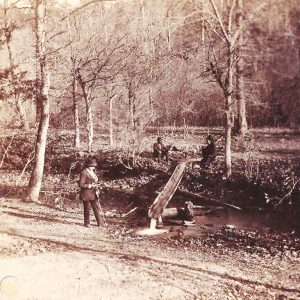 Big Chalybeate Spring
Big Chalybeate Spring
County: Garland
 Big Chalybeate Spring
Big Chalybeate Spring
Bill Clinton Boyhood Home
aka: Birnbaum-Shubetz House
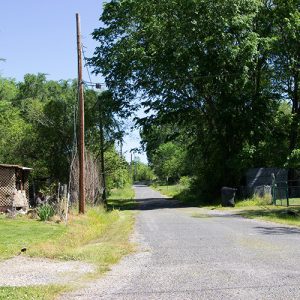 Blakely
Blakely
Blakely (Garland County)
 Blakely Housing; 1950s
Blakely Housing; 1950s
 Blakely Log Train
Blakely Log Train
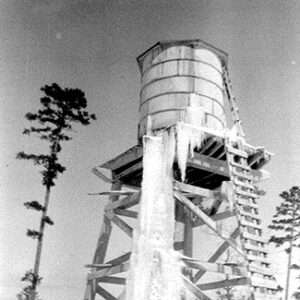 Blakely Water Tower
Blakely Water Tower
 Blakely Mountain Dam
Blakely Mountain Dam
 Blakely Mountain Dam
Blakely Mountain Dam
 Blakely Street Scene
Blakely Street Scene
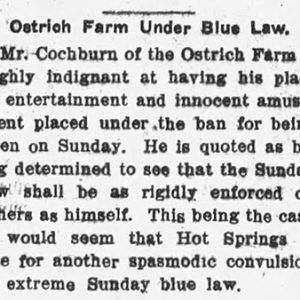 Blue Laws Article
Blue Laws Article
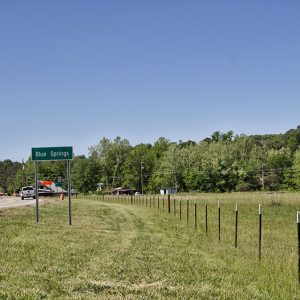 Blue Springs
Blue Springs
Bolling, Raynal Cawthorne
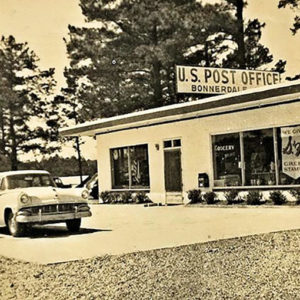 Bonnerdale Post Office
Bonnerdale Post Office
 Boston Red Sox
Boston Red Sox
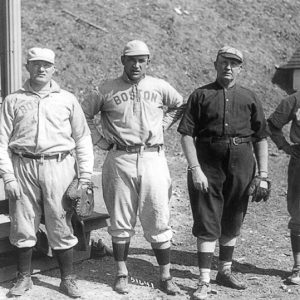 Boston Red Sox
Boston Red Sox
 Brandywine Article
Brandywine Article
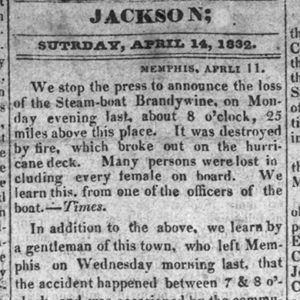 Brandywine Article
Brandywine Article
 Keller Breland with Otter
Keller Breland with Otter
 Keller and Marian Breland with IQ Zoo Rabbit
Keller and Marian Breland with IQ Zoo Rabbit
Breland, Keller Bramwell
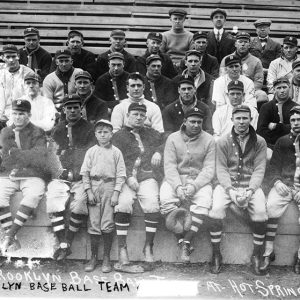 Brooklyn Team
Brooklyn Team
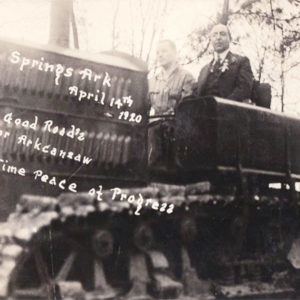 Charles Brough
Charles Brough
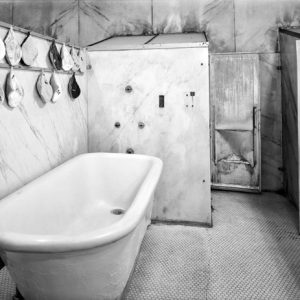 Buckstaff Bathhouse Facilities
Buckstaff Bathhouse Facilities
Buckville (Garland County)
Buckville Cemetery
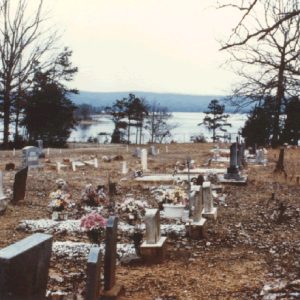 Buckville Cemetery
Buckville Cemetery
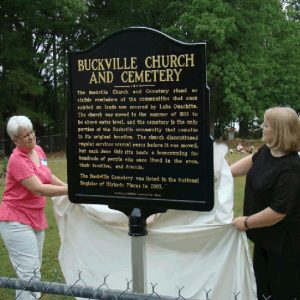 Buckville Cemetery Marker
Buckville Cemetery Marker
Bump, Dallas
Burks, Ruth Coker
Butchie’s Drive-In
 Gabby Calvin
Gabby Calvin
Camp Hot Springs
Canada, Eugene “Bud”
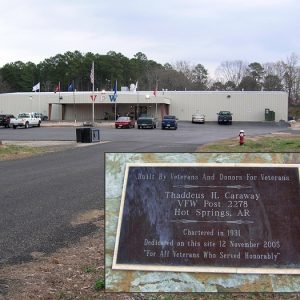 Thaddeus H. Caraway VFW
Thaddeus H. Caraway VFW
Carpenter Dam
aka: Lake Hamilton
 Carpenter Dam
Carpenter Dam
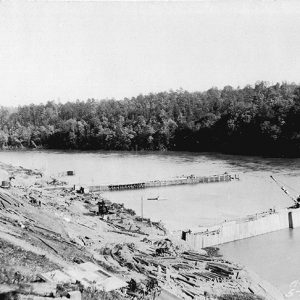 Carpenter Dam Construction
Carpenter Dam Construction
 Carpenter Dam Construction
Carpenter Dam Construction
 Carpenter Dam Construction
Carpenter Dam Construction
 Carpenter Dam
Carpenter Dam
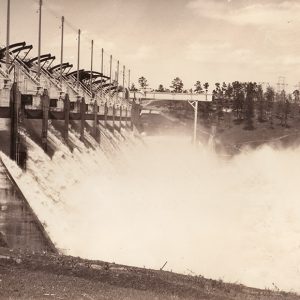 Carpenter Dam
Carpenter Dam
 Flave Carpenter
Flave Carpenter
Cary, James Alexander
 Cavender's Seasoning
Cavender's Seasoning
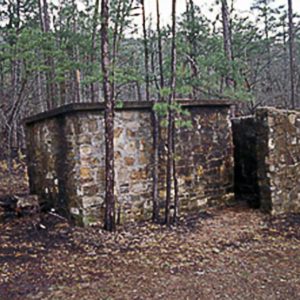 CCC Company 3767 Powder Magazine
CCC Company 3767 Powder Magazine
CCC Company 3767 Powder Magazine Historic District
Cedar Glades (Garland County)
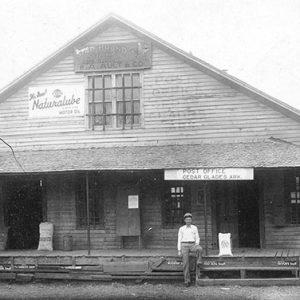 Cedar Glades Store
Cedar Glades Store
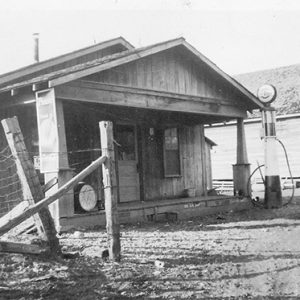 Cedar Glades
Cedar Glades




